10 Things You Should Never Do When Greeting a Strange Dog
Dogs are everywhere, and it’s natural to want to say hello. But not every dog wants your attention, and plenty of people greet them in ways that feel threatening. Avoiding common mistakes helps keep everyone, including the dog, safe and secure. Here are ten things that might feel harmless but can go very wrong when greeting an unfamiliar pup.
Reaching Over Their Head
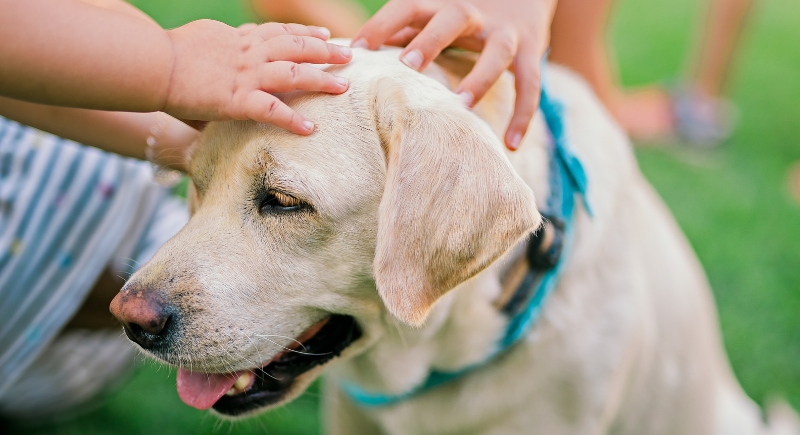
Credit: Getty Images
To a dog, an unfamiliar hand coming down over their face mimics a predator’s movement. It blocks vision and limits escape options. The move triggers their ancient survival software, which still treats overhead motions like those of a hawk.
Making Direct Eye Contact
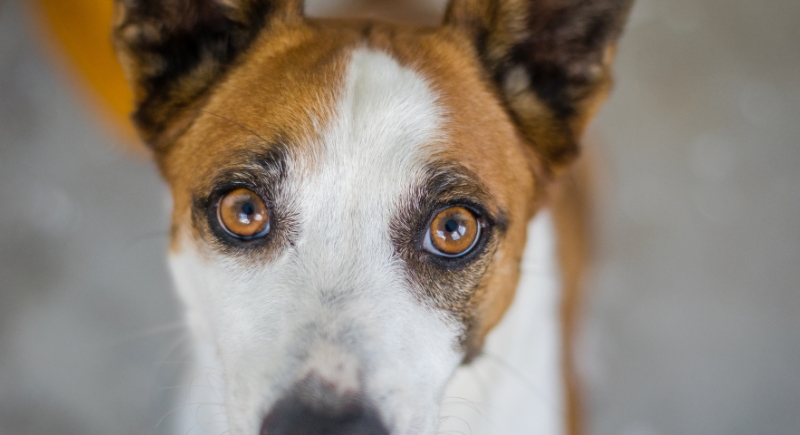
Credit: Getty Images
In canine communication, direct stares often signal dominance or aggression. A stranger making intense eye contact can cause anxiety, even in otherwise confident dogs. It puts them in a position where they feel they have to make a choice to either avoid, submit, or react defensively.
Bending Down Face-First

Credit: Getty Images
Getting close to a dog’s face might seem friendly, but it dramatically shortens your reaction time if something goes wrong. It puts your most vulnerable body part—your face—right in front of a potentially scared or startled animal. Many bite injuries happen this way.
Touching Their Gear Without Permission

Credit: Getty Images
A vest, harness, muzzle, or even a head halter is not a fashion accessory. Some of that gear is used for medical reasons or behavior management, and fiddling with it can stress the dog or compromise their safety.
Stretching Out Your Hand
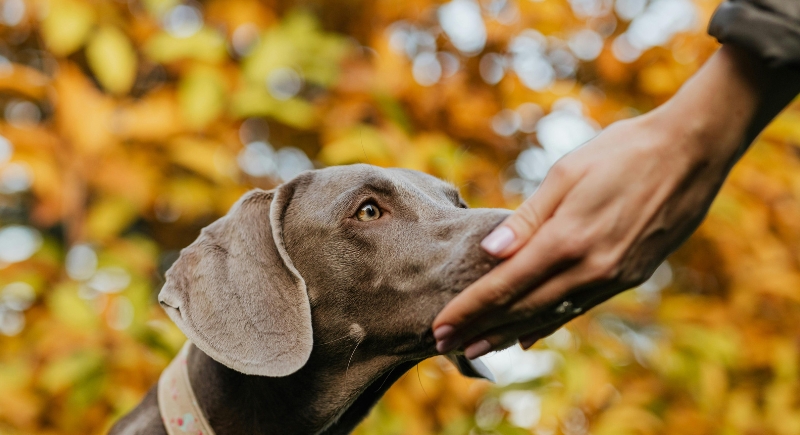
Credit: pexels
An outstretched hand, commonly believed to invite a sniff, actually removes choice. Dogs don’t need help finding your scent. Forcing your hand toward them, especially near their face, feels intrusive. It invades their space before they’ve decided if you’re safe.
Rushing Toward Them

Credit: pexels
Dogs rely on space and pacing to understand intent. Charging in, even with a big smile, short-circuits that process. It mimics aggressive behavior, especially to dogs who’ve been startled before. You may mean well, but the dog only sees speed and unpredictability.
Ignoring the Owner

Credit: Getty Images
Skipping the owner entirely sends the wrong signal. It shows you’re treating the dog as public property instead of a living being under someone’s care. The owner may have critical insights into their medical issues, training work, or trauma history. Bypassing them also creates tension.
Assuming All Dogs Like People
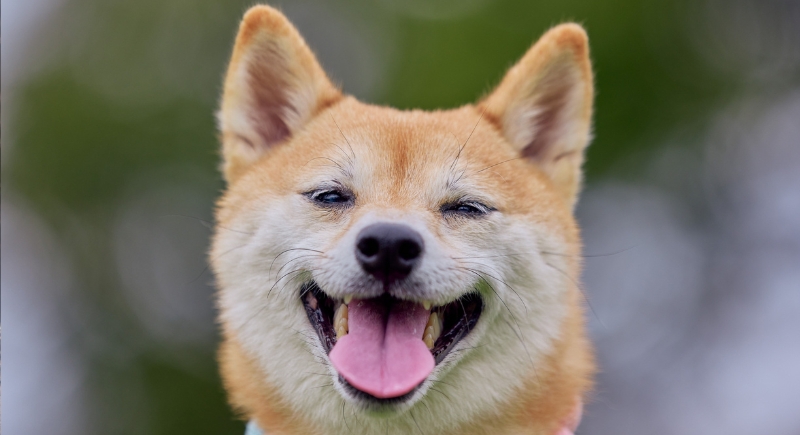
Credit Aflo Images
Even friendly-looking dogs have off days. Some are working through trauma, fear, or training protocols. Just because a dog looks curious doesn’t mean they want to be touched. Behaviorists stress that tail wags aren’t always signs of friendliness; dogs also wag when stressed or conflicted.
Trying to “Win Them Over”

Credit: pexels
There’s this persistent idea that dogs just need a few extra seconds to warm up. That if you crouch long enough, coo sweetly enough, or offer a treat, they’ll come around. However, if a dog is avoiding you, trying harder doesn’t earn trust and can even increase pressure.
Letting Kids Run Up
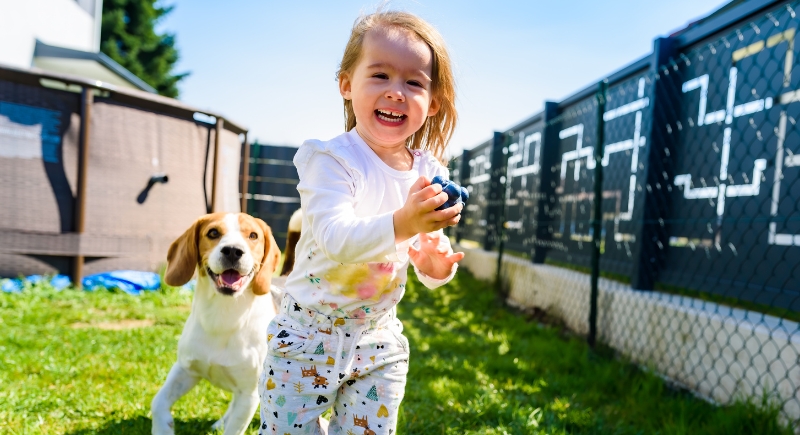
Credit: Canva
Children can be loud, quick, and unpredictable, all things that stress dogs out. Even well-socialized pups can react defensively if startled by sudden movement or loud noises, such as squealing. Animal safety groups recommend teaching kids to stand still with their hands at their sides and wait for the dog to approach.